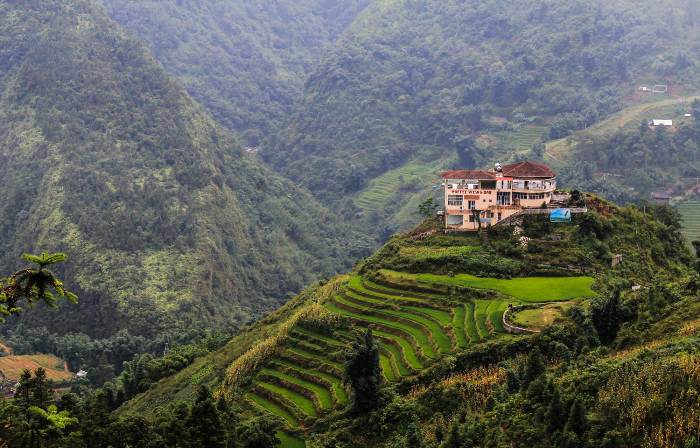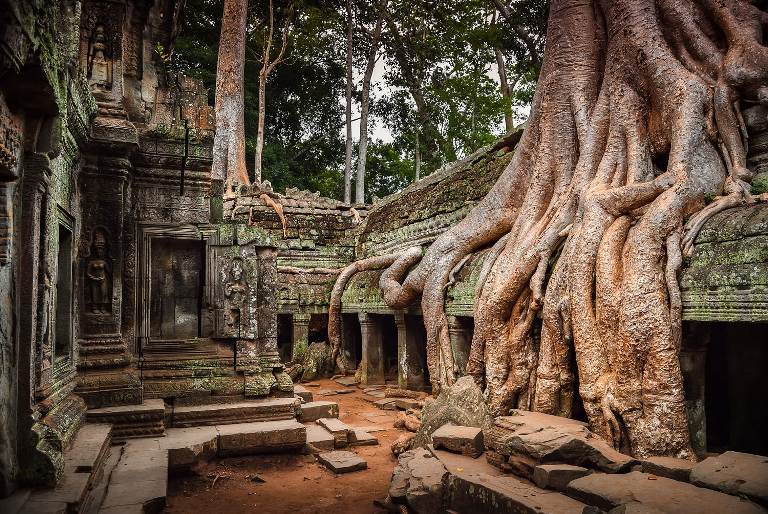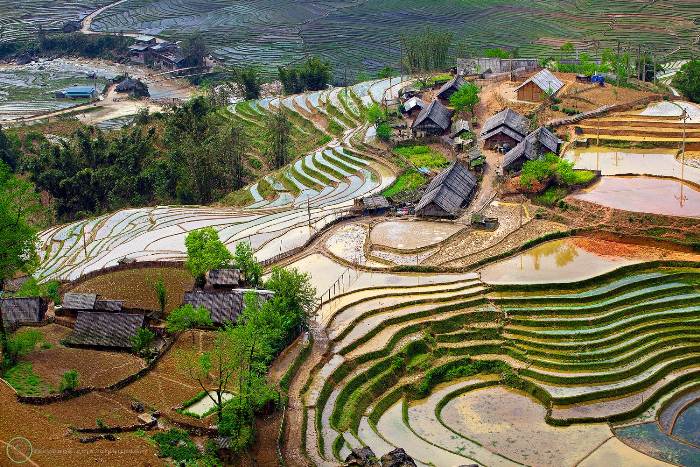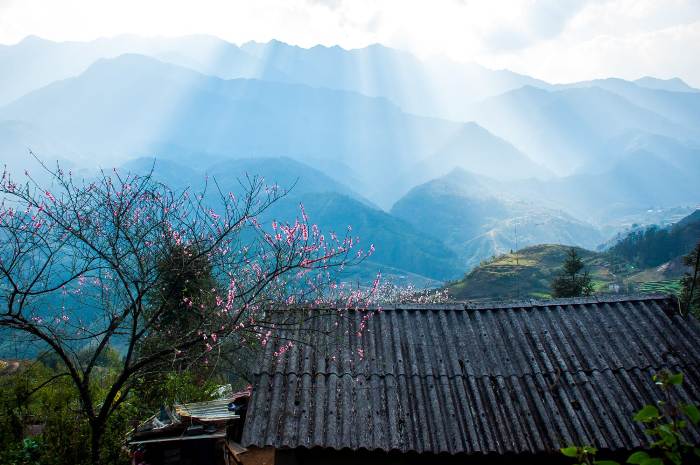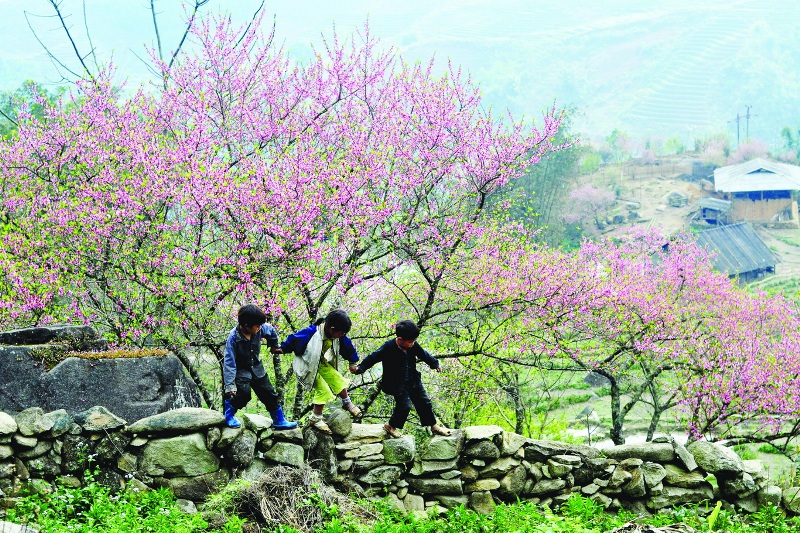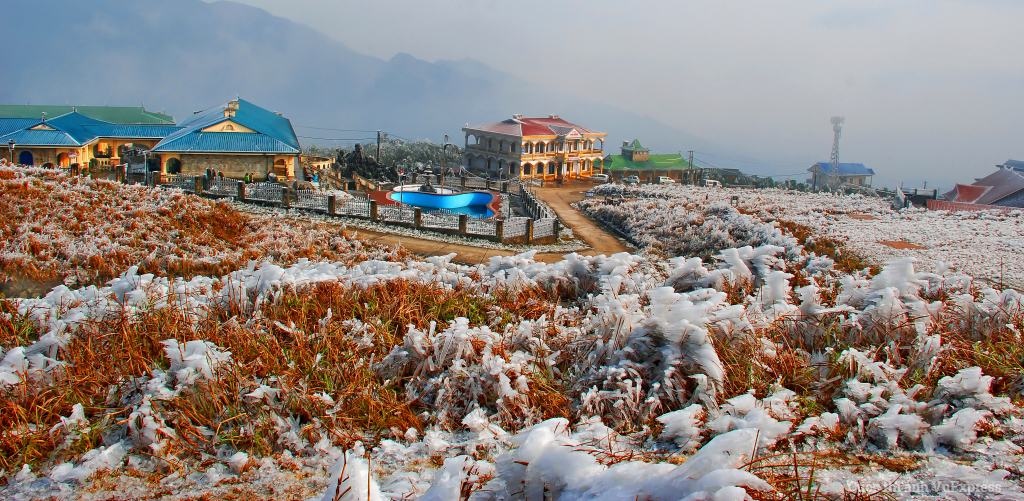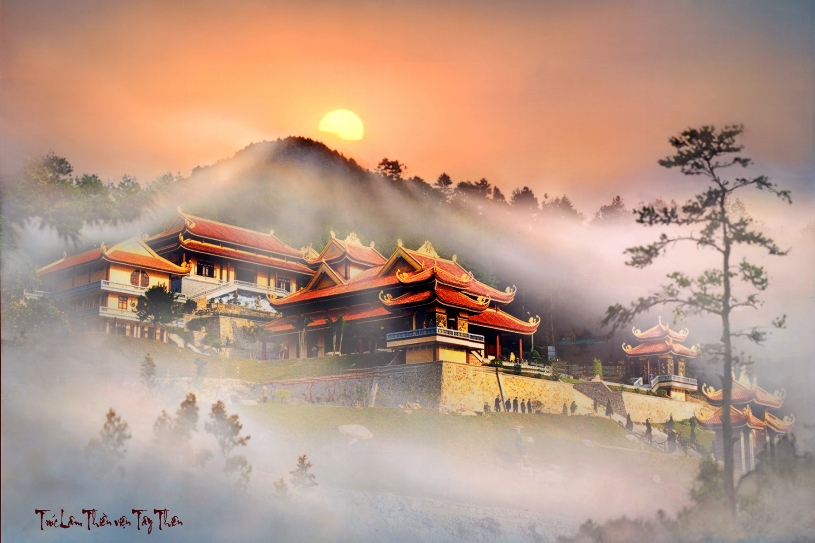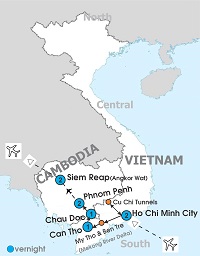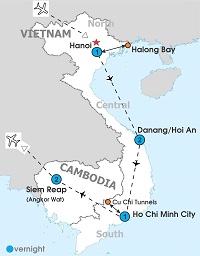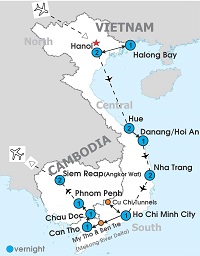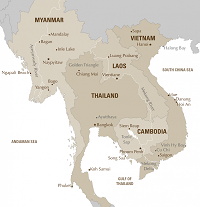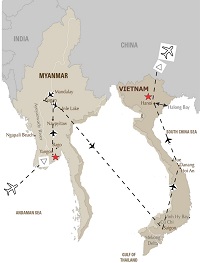Visiting Sapa, visitors will always find the image of exotic nature or encounter a rustic, simple lifestyle of local people, which gives you endless inspiration and hard to describe feelings. Here are hints on 5 villages that you can not skip when traveling to Sapa.
- Cat Cat Village
Cat Cat is only 2 km from Sapa town center. It is the oldest village retaining many traditional crafts such as planting flowers, flax weaving and jewelry crafting of H’mong ethnic. In particular, it retains many unique customs that other regions do not have, or do not exist in original form.

With unspoiled but majestic, poetic nature, you certainly will be fascinated with beautiful landscape paintings in Cat Cat Village right from the first glance. Wandering around Cat Cat village, you can also admire the beautiful little house by the mountain, the men working in the fields, the women weaving by the loom and naughty little children playing.
- Ta Phin Village
The first stop of visiting Ta Phin is to visit the monastery, a unique ancient architecture in western-style built in the late 19th century, so far, it has remained the ancient mossy look. Looking southeast, visitors will see Ham Rong mountain with spectacular beauty located on majestic terrain with undulating bedrock of many different shapes, such as the giant dragon rising up and holding his head high covering an area of Sapa facing the monastery.

Ta Phin kept the customs and the way of life of its ethnic minorities.Continuing the journey, on the paved road, visitors will visit the Brocade club of H’mong, Dao ethnics. Here, visitors will freely admire the brilliant colors on traditional costumes of Hmong, Red Dao people.
- Ta Van Village
Along National Highway 4D toward the Southeast, the village of Ta Van Giay is about 8 km from Sapa town. Here, visitors will have the opportunity to learn more about the style, lifestyle of Giay people. The road to Ta Van Giay village is small, narrow and is the dirt road. The two sides are fertile terraced fields dotted with green of young corn and rice.Peach blossom season in Ta Van Village

The main job of Giay people is to grow rice. In addition, they produce forged instruments and carve silver by themselves. They live in both stilt house and ground houses with the center space is a solemn place where is used to place ancestral altar and welcome guests. Giay people have fairly rich culture with tales, poetry, proverbs, riddles, and children’s songs… The costume of Giay people is simple: women wear indigo pants whose legs are wide to the ankle and often wear canvas bag with embroidery pattern; men wear blouses with round neck, buttoned fabric, pants.
- Ho Village
Not as too cold as in Ta Phin and Ta Van, the weather in Ho village is warmer. When visiting Ho village, you will live in a cozy and friendly atmosphere with native families.

Because the climate in Ban Ho Village is warmer than Sapa (between 18-250C), in the afternoon, tourists can enjoy yourself in the stream Lave, sight Da Nhay waterfall.
In the morning, you will be guided to visit Hoang Lien National Park, where plant species, animals are abundant. Because the climate in Ho village is warmer than in other areas (an average of 18 – 25 degrees Celsius), at noon, when leaving from the woods, travelers can enjoy in Lave stream, watch majestic Da Nhay waterfall.
- Sin Chai Village
Sin Chai Village in San Sa Ho commune, just over 4km from Sapa town center, is the village which has not been exploited with tourism services, so it still retains the original wild character.

Sin Chai is a village of the Red Dao ethnic people, whose women wear beautifully embroidered clothes with distinctive silver jewellery and an enormous red turban.
This is the village of black H’mong ethnic with a population of about 1,400 people. In addition to the cultivation of upland rice and maize, Sin Chai villagers also choose the gentle ridges to grow cardamom, a significant source of income in this valley.
Tags:
Ban Ho,
Cat Cat Village,
Sapa,
Sin Chai Village,
Ta Phin
